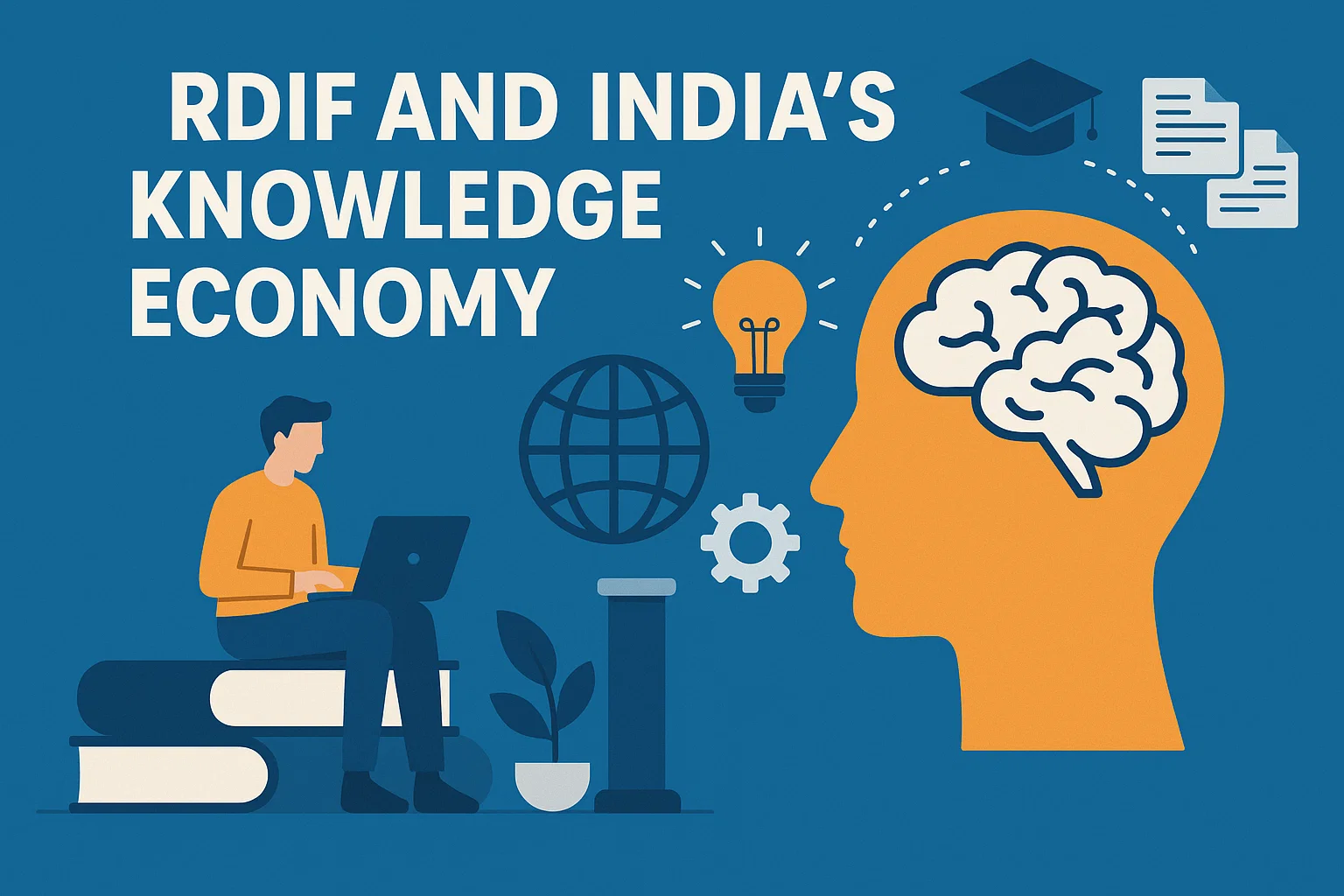Font size:
Print
India’s Push for Semiconductor Leadership
Context:
In a move aimed at boosting India’s electronics manufacturing sector, Finance Minister Nirmala Sitharaman, in her Budget 2025-26 speech, announced a new presumptive taxation regime for non-resident entities providing services in this domain.
More on News
- Experts believe this measure could significantly reduce the tax burden on their income in India, making the country a more attractive destination for foreign expertise.
Key Changes
- As India aspires to become a global semiconductor manufacturing hub, the presence of foreign companies and skilled technicians is essential for setting up and operating capital-intensive machinery.
- Recognising this, the government has proposed a new section—44BBD—in the Income Tax Act, which will deem 25% of the total revenue received by non-resident entities for such services as taxable income.
- This will result in an effective tax rate of less than 10% on their gross receipts, providing a major incentive for foreign firms to participate in India’s electronics manufacturing landscape.
- The proposed amendment is set to take effect from April 1, 2026, and will apply to the assessment year 2026-27 and beyond.
- In a related development, the Finance Minister also proposed changes to Section 9 of the Income Tax Act.
- These amendments clarify that non-resident entities engaged solely in purchasing goods in India for export will not be considered as having a significant economic presence in the country.
- This move aims to provide greater tax certainty for foreign businesses.
Present Status
India’s semiconductor manufacturing landscape is rapidly evolving, driven by government initiatives, significant investments, and the establishment of new facilities.
Government Initiatives and Investments
- India Semiconductor Mission (ISM): Launched to create a robust semiconductor ecosystem, ISM aims to support various segments of semiconductor production through fiscal incentives.
- The government has allocated ₹76,000 crore (approximately $9.2 billion) for this initiative, with plans to increase funding further in upcoming phases.
- Recent Approvals: The Union Cabinet has approved multiple semiconductor units across India, including significant projects by Tata Electronics and Kaynes Semicon in Gujarat and Assam.
Key Developments
- New Facilities: Notable projects include a semiconductor unit in Morigaon, Assam, by Tata Semiconductor Assembly and Test Pvt Ltd, which is expected to produce up to 48 million chips daily by mid-2025.
- Additionally, Tata Electronics is constructing fabrication plants in Dholera, Gujarat, with collaborations aimed at producing chips for automotive and AI sectors.
- Micron Technology’s Investment: Micron plans to invest up to $825 million in a facility for assembling and testing semiconductor chips in Sanand, Gujarat, set to commence operations in early 2025.
Market Growth and Employment
- Market Size: India’s semiconductor market was valued at approximately $34.3 billion in 2023 and is projected to reach $100.2 billion by 2032, reflecting a compound annual growth rate (CAGR) of 20.1%.
- Job Creation: The semiconductor sector is expected to create around 1 million jobs by 2026, significantly contributing to the economy and technological advancement in various sectors.
Challenges
- Infrastructure Issues: Reliable power supply, water scarcity, and inadequate transportation infrastructure remain significant hurdles for the establishment of semiconductor manufacturing plants.
- Talent Shortage: There is a pressing need for skilled professionals in chip design and manufacturing.
- A study indicates that India may face a shortage of 250,000 to 300,000 semiconductor professionals by 2027.
India’s ambition to become a global semiconductor hub is marked by substantial government support and investment from major companies. However, overcoming infrastructure challenges and developing a skilled workforce will be crucial for realising this vision.


